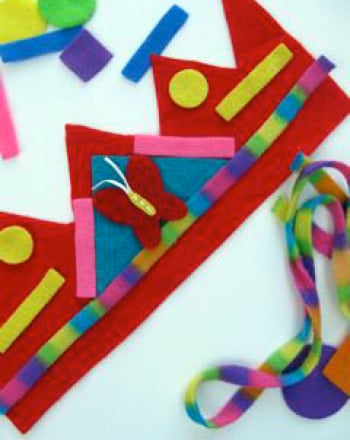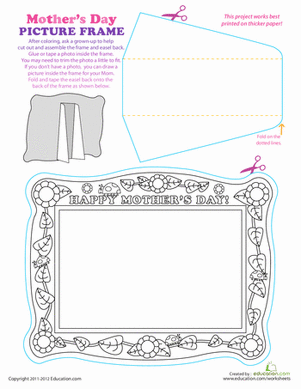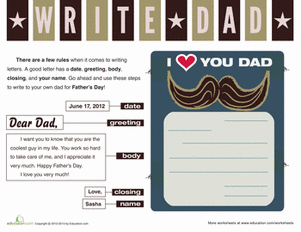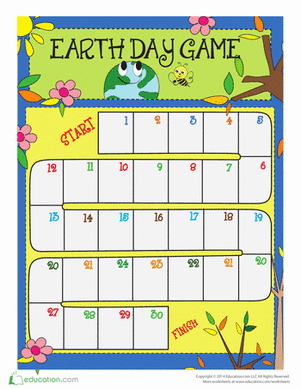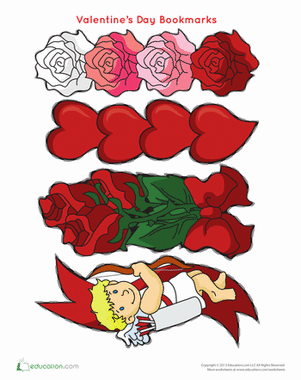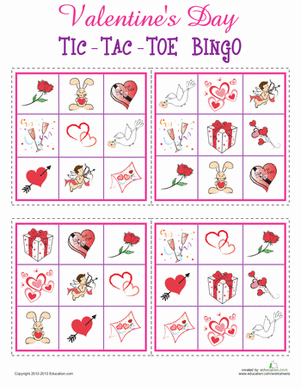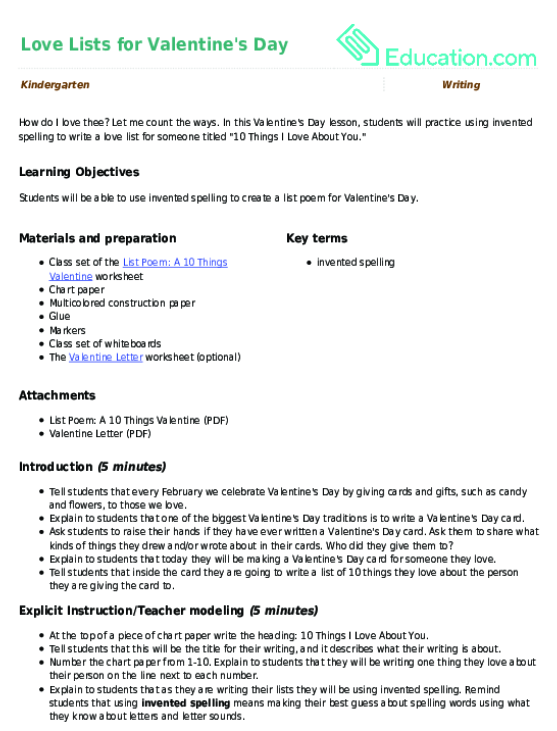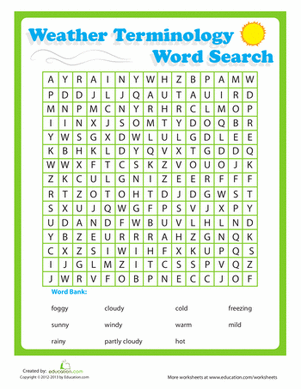Activity
Meteorologist for a Day
Objective
In many parts of the country, it seems that the weather is always changing. Where does this weather come from? Can you predict the weather for where you live by looking at what the weather is like in other parts of the country? Why does this sometimes work? In this experiment, students will explore how storms appear to have a tendency to come from the west. They will relate this observation to the rotation of the earth.
Project Goal
The goal is for students to learn how the movement of local weather systems relates to the rotation of the earth.
Materials and Equipment
- A good local newspaper or access to the internet
- A globe for explaining rotation of the earth
Introduction
Background information
If one looked down at the earth from above the north pole, the Earth would appear to be rotating counterclockwise. However, for those of us who are not at the north pole, it appears that the Earth is rotating from the west to east. This is why we say the Sun rises in the east and sets in the west. Clearly, the Sun rising and setting doesn’t depend upon the Sun’s movement, but rather on the Earth’s rotation.
The Earth’s rotation has immediate implications for weather. We often watch weather systems on television without giving too much thought to where weather is actually coming from. As the student will observe, weather systems sometimes appear to come from the west. This can partly be attributed to the fact that the Earth is rotating from the west to the east.
Ask students what would happen if the rotation of the earth changed direction. If this occurred, not only would the Sun would rise in the west and set in the east, but weather would more commonly come from the east.
Older students may be interested in learning about the Coriolis Effect. The Coriolis Effect pertains to how two people on a rotating object (such as the Earth) perceive the movement of objects. For example, if two people on opposite sides of moving merry-go-round try to toss a ball between them, they will rapidly get frustrated because the ball will always appear to curve away from the intended target. This deflection also contributes to weather systems, which is part of the reason why hurricanes on weather maps spin counterclockwise in the northern hemisphere and clockwise in the southern hemisphere.
Terms, Concepts and Questions to Start Background Research
- Rotation of the Earth
- Directions (be able to tell east from west)
- Coreolis forces
Experimental Procedure
- In your lab book, make two columns. In one column you will be indicating what the weather is like where you live. In the other column, you will indicate what the weather is like west of you.
- Write down the weather where you live. Next, consult your source for what the weather is like west of you. For example, if you live in New Jersey, you might indicate what the weather is like in Chicago. If you live in San Francisco, you might indicate what the weather in like in the Pacific. Write down what your source says the weather is like west of you. Good sources for this information are your local newspaper, or one of the following web sites:
- Repeat step #2 every day for two weeks. At the end of two weeks, do you see a relationship between the two columns?
Education.com provides the Science Fair Project Ideas for informational purposes only. Education.com does not make any guarantee or representation regarding the Science Fair Project Ideas and is not responsible or liable for any loss or damage, directly or indirectly, caused by your use of such information. By accessing the Science Fair Project Ideas, you waive and renounce any claims against Education.com that arise thereof. In addition, your access to Education.com's website and Science Fair Project Ideas is covered by Education.com's Privacy Policy and site Terms of Use, which include limitations on Education.com's liability.
Warning is hereby given that not all Project Ideas are appropriate for all individuals or in all circumstances. Implementation of any Science Project Idea should be undertaken only in appropriate settings and with appropriate parental or other supervision. Reading and following the safety precautions of all materials used in a project is the sole responsibility of each individual. For further information, consult your state's handbook of Science Safety.



